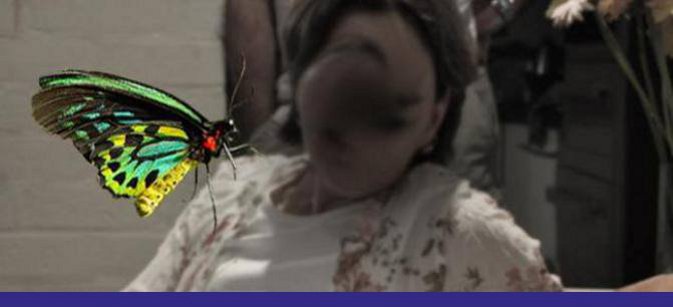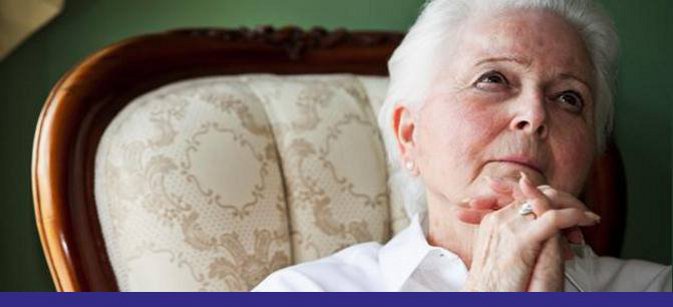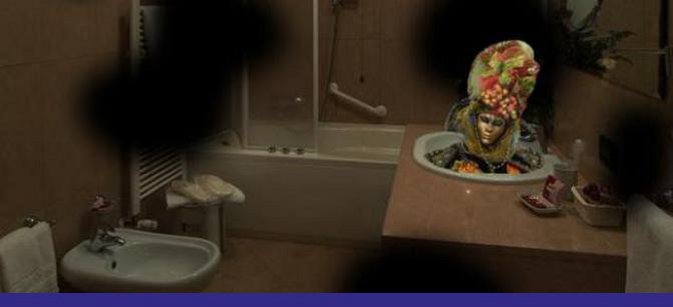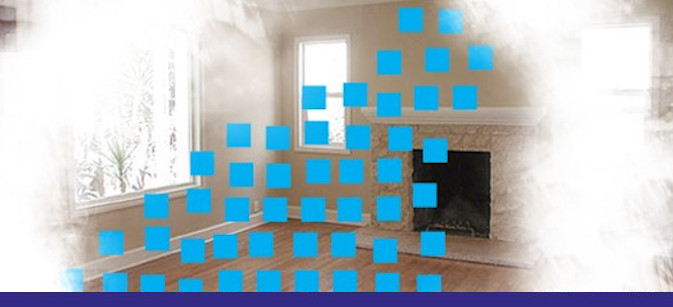Hailey Yuk was born and grew up in South Korea. At an early age, it was discovered that she had congenital cataracts in her left eye which limited her vision in that eye. Otherwise, she enjoyed a happy childhood.
At school, Hailey was passionate about art and particularly graphic design. This led her to follow her dreams and relocate to America to undertake a Fine Arts degree at the Maryland Institute College of Art (MICA). She was loving her course and fitting in seamlessly to life in a foreign country.
Then at the age of 22, Hailey was diagnosed with glaucoma. She then began to attend a nearby glaucoma centre and was prescribed anti-glaucoma eye drops. Sometime later, she started to experience pain in the eyes and it was uncomfortable to study under a reading lamp. Even so, her studies continued much as before.
One day at the age of 25, something most unusual occurred: Hailey began to see things that she knew were not really there. It began as light flashes and other simple forms of imagery such as black lines and drifting trails of white smoke (see below). Hailey became alarmed and wondered what was happening to her. She informed the glaucoma centre and was quickly seen by an eye specialist. The specialist was initially concerned that the flashes of light might be a symptom of retinal detachment. Yet he checked her eyes and found everything was in order. He told Hailey that her eyes were ok and was sent on her way. Yet this actually made Hailey more concerned because if it was not due to a problem with her eyes, then did this mean she was going crazy?
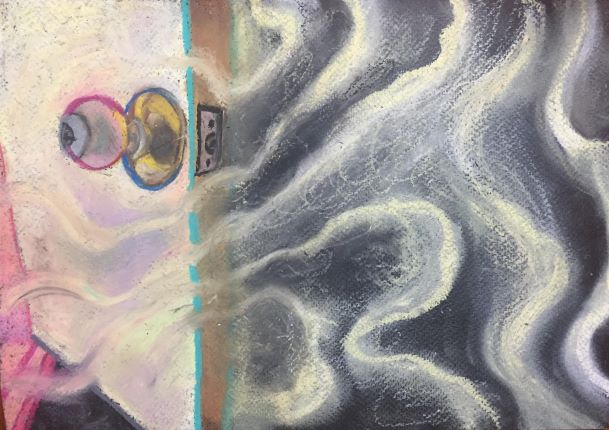
[Wispy, cloud-like smoke trails are clearly visible at the entrance to a room.]
Eventually, with prompting from others, she went to the emergency department (ED). Hailey was reluctant to go because she feared she would be pronounced insane. When Hailey spoke about the visions she was having, the ED team felt it was related to psychosis and this led to her being admitted to a psychiatric hospital. She was diagnosed with an unspecified psychotic disorder and remained there for a week before Hailey’s parents organised to bring her home to Korea.
Upon returning to South Korea, Hailey faced two battles. The first was trying to understand what was causing her visions. The second was having to contend with her family believing that the phantom images she continued to experience were a sign of mental illness. And in Asian culture, mental illness carries significant stigma and shame. So these two matters were heavily weighing upon Hailey.
Over the next three years, Hailey saw five separate psychiatrists in an attempt to get to the bottom of what was wrong with her. Of the five, four believed she did not meet the requirements for a diagnosis of schizophrenia. Instead, she was diagnosed with unspecified psychosis. Each of these four placed her on antipsychotics but they never made any difference to her visions. The remaining psychiatrist felt her visions may be related to her vision impairment and suggested she did not need psychiatric medication and should just learn to live with the phantom imagery.
Since coming back to South Korea, Hailey had noticed that her visions had slowly begun to evolve. The simple forms of imagery were still there but now more complex forms were beginning to emerge. In particular, she was beginning to see formal text either on the walls or hovering mid-air. Sometimes the text was in English. Other times it was in Korean. And a third language would even appear before her eyes that she was not even able to read: Chinese. With the visions taking more elaborate forms, this was adding to Hailey’s fears that she really was descending into mental chaos.

[Hailey’s personalised CBS version of ‘The Scream’.]
The unlikely turning point for Hailey came at the age of 28. After three years of living with the phantom visions and still no clear answers coming from any of the psychiatrists, she one day typed into the search engine the word ‘hallucination’. One of the first entries to appear was a book written by the neurologist, Oliver Sacks entitled, Hallucinations. She ended up getting the book; the first chapter was specifically on Charles Bonnet syndrome. It was upon reading this chapter that some clarity and calm started to come to her. Hailey could personally relate to what Sacks was describing about the syndrome and felt that finally something was directly speaking to her.
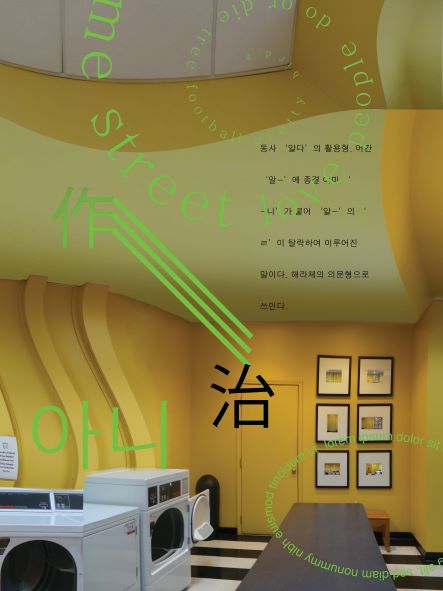
[A mixture of English and Korean script hovers in the office space.]
Since then, she found the CBS Foundation and joined the online community. She finally discovered others going through similar unusual visual experiences and no longer felt alone.
One important fact she came to learn from the Foundation was that certain glaucoma eye drops have a known history of triggering a range of side effects such as eye pain and a host of visual disturbances including hallucinations (or visions). When Hailey subsequently passed on this medical information to her doctor, he agreed that she stop taking the drops and an alternate set of drops was suggested. Since then, the eye pain has resolved and she has noticed that the frequency of her visions has considerably fallen.
This indicated that both her vision impairment and her prescribed eye drops were playing a role in her CBS symptoms. With the removal of the offending eye drops, the visions are now at a manageable level. And incredibly, she has actually come to like her visions. This is a dramatic turnaround for Hailey as for a long period of time she didn’t like them at all. For her, they were strongly associated with her worst mental health fears.
Hailey is now entering a far better space: less alone and far less fearful. Her parents have noticed this positive change in her outlook since she came to know of the Bonnet syndrome. She even began to artistically express her unusual visual experiences, which has proven to be therapeutic. A selection of these art works are featured within this article. The positive responses she has been receiving to these works is fuelling her desire to return to her former life in Baltimore, USA. Hailey intends to complete her Fine Arts degree and ultimately pursue an artistic career. We wish Hailey well in her endeavours.
Footnote: Text in CBS
It is known that about 10 -15% of all people living with CBS will experience Bonnet images of text similar to Hailey’s. The range of text can be quite wide: from letters, words, numbers and symbols through to other forms of notation such as musical scores or mathematical formulae. Hailey’s work skilfully captures this aspect of text imagery infiltrating her visual field.



